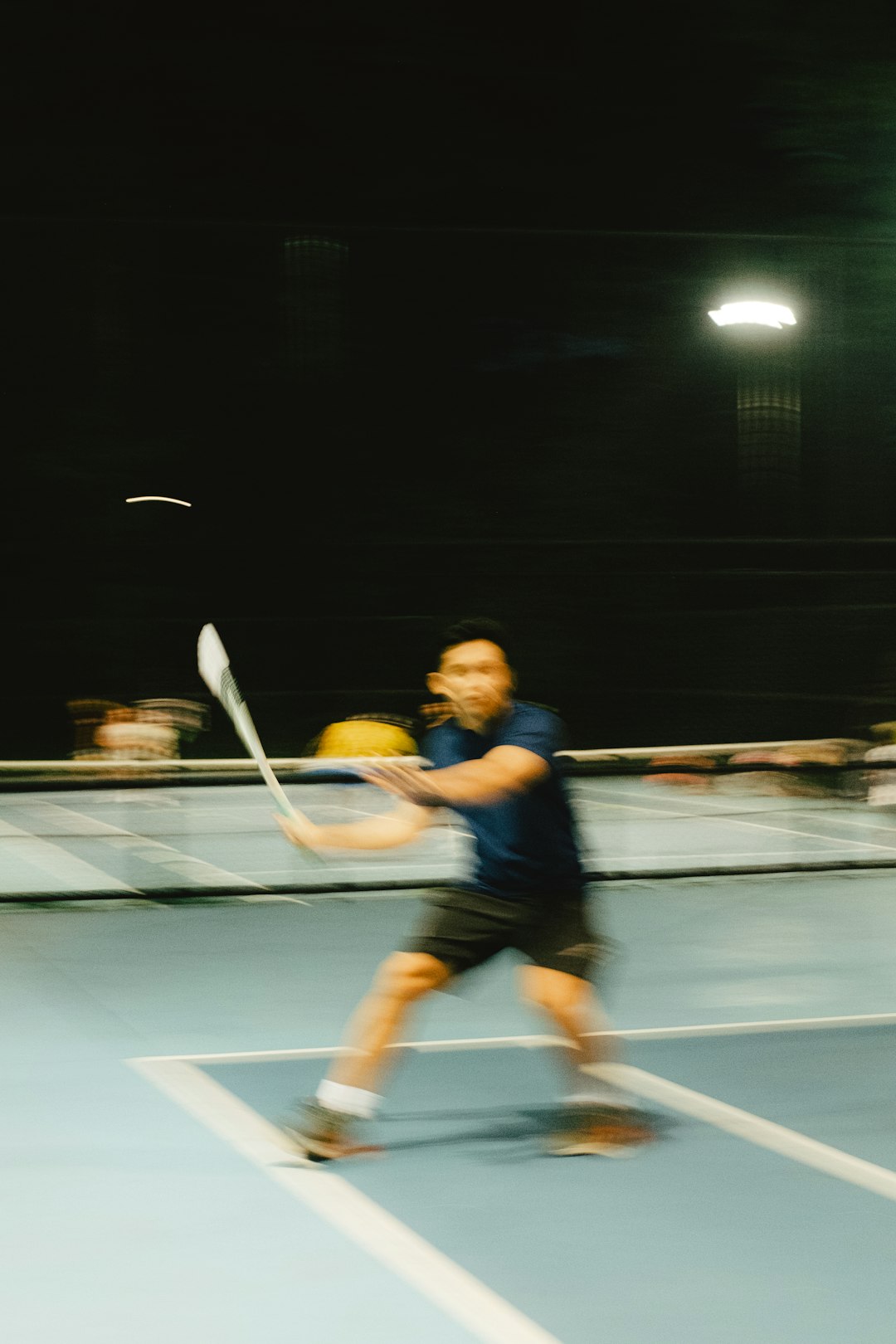When you think of badminton, what pops into your mind? A fast and fun racket sport, right? You imagine players leaping and swinging their rackets to hit that flying object over the net. But what exactly is that little flying thing? Is it a ball? A toy? A magical shuttle from outer space? Let’s dive in and find out!
TLDR (Too Long, Didn’t Read)
In badminton, the birdie is officially called a shuttlecock. It’s a lightweight object that players hit back and forth over the net. It’s shaped like a cone and has feathers or plastic fins. While “birdie” is a fun nickname, “shuttlecock” is the proper term used in official games and competitions.
Why Call It a “Birdie”?
The word birdie is mostly used in casual and friendly games. It’s easy to say and sounds cute! But the reason for the nickname is actually a bit more interesting.
Originally, shuttlecocks were made using real feathers. Specifically, goose feathers! So when they flew across the court, they looked a bit like birds in flight. That’s how the term “birdie” came to be.
What Is the Official Name?
The correct name for the birdie is the shuttlecock. Strange word, right? But it makes sense when you break it down:
- Shuttle – Something that goes back and forth.
- Cock – An old word for the feathered part, probably from the old times when people used rooster feathers.
So a shuttlecock is something feathery that flies back and forth. Simple!
What Does a Shuttlecock Look Like?
Shuttlecocks have a very unique design. Here’s what you’ll usually find:
- A rounded rubber base (this is the part players hit)
- A cone-shaped skirt made of feathers or nylon
- 16 feathers (if it’s made from real feathers)
The feathers make the shuttlecock spin smoothly and fly in a stable, predictable path. This is what makes badminton such a fast and exciting game.

Types of Shuttlecocks
Not all shuttlecocks are the same. There are two main kinds:
1. Feather Shuttlecocks
- Made from real goose or duck feathers
- Used in professional and competitive games
- Very accurate and responsive
- But they break easily and are more expensive
2. Plastic (or Nylon) Shuttlecocks
- Made from synthetic materials
- Great for beginners and casual games
- More durable and last longer
- A bit slower and less accurate
So which one should you use? If you’re just starting out or playing with friends, plastic shuttlecocks are perfect. If you’re training seriously or joining a tournament, it’s time to go feather!
How Fast Can a Birdie Fly?
Hold on to your racket because this is wild. During a professional smash, a shuttlecock can fly at speeds over 300 km/h (186 mph)!
In fact, the fastest recorded smash in badminton was over 493 km/h (that’s 306 mph!) by Malaysian player Lee Chong Wei. That makes the shuttlecock the fastest-moving object in any racquet sport in the world.

Why Is the Shuttlecock So Light?
The shuttle is very light. It usually weighs between 4.74 and 5.50 grams. That’s less than a single slice of bread!
This light weight helps it soar through the air gracefully and drop suddenly, making badminton both fast-paced and full of quick reactions.
Fun Facts About the Birdie
- Only the feathers from the left wing of a goose are used to make top-quality shuttlecocks.
- International tournaments can use up to 350 shuttlecocks in just one event!
- Feather shuttlecocks need to be stored with care so they don’t dry out and break.
- Manufacturers test the flight of each shuttlecock before packaging them.
Can You Make Your Own Birdie?
Technically, yes. But it’s not that easy. High-quality shuttlecocks go through special shaping, trimming, and testing. Making one at home might not fly as nicely — but it could still be a fun DIY project!
How Long Does a Birdie Last?
If you’re using a plastic one, it can last for dozens of games. But a feather shuttlecock usually lasts only a few games, depending on how hard it’s hit and how carefully it’s treated.
That’s why you often see professional players asking for a new shuttlecock in the middle of a match!
Where to Store a Shuttlecock
Feather birdies like cool, slightly moist places. Most players keep them in a cylindrical tube with a damp sponge at one end. This keeps the feathers from drying out and snapping.
Plastic ones are easier — just keep them in a tube or bag in a normal room. No fancy care needed!
Conclusion
So now you know — that little thing flying across badminton courts isn’t just a “birdie.” It’s a shuttlecock! Whether it’s made of feathers or plastic, it’s a key part of what makes badminton so special.
Next time you play a match or watch a game on TV, impress your friends with your shuttlecock smarts!
Quick Recap:
- Nickname: Birdie
- Official Name: Shuttlecock
- Types: Feather and plastic
- Speed: Can reach over 300 km/h!
- Weight: Around 5 grams
Whether you’re a casual fan or a future pro, knowing your shuttlecock is your first step to mastering the game!